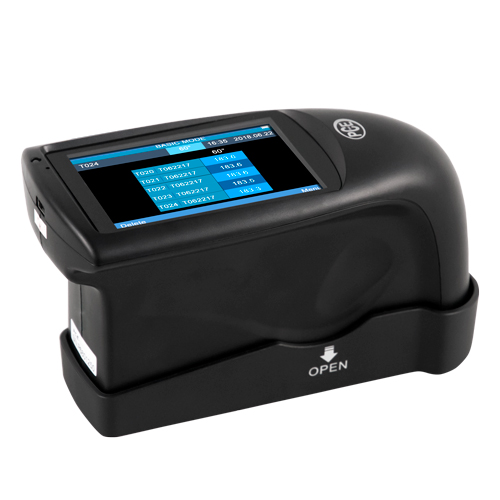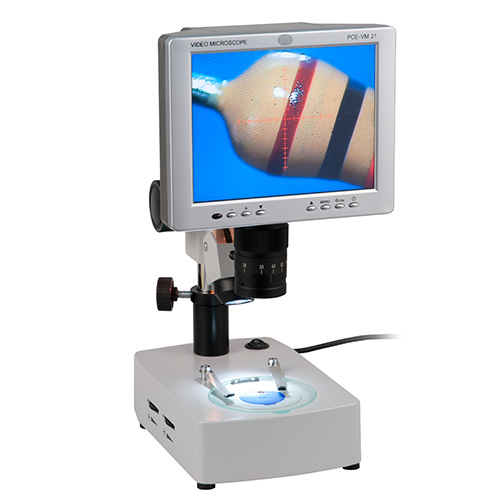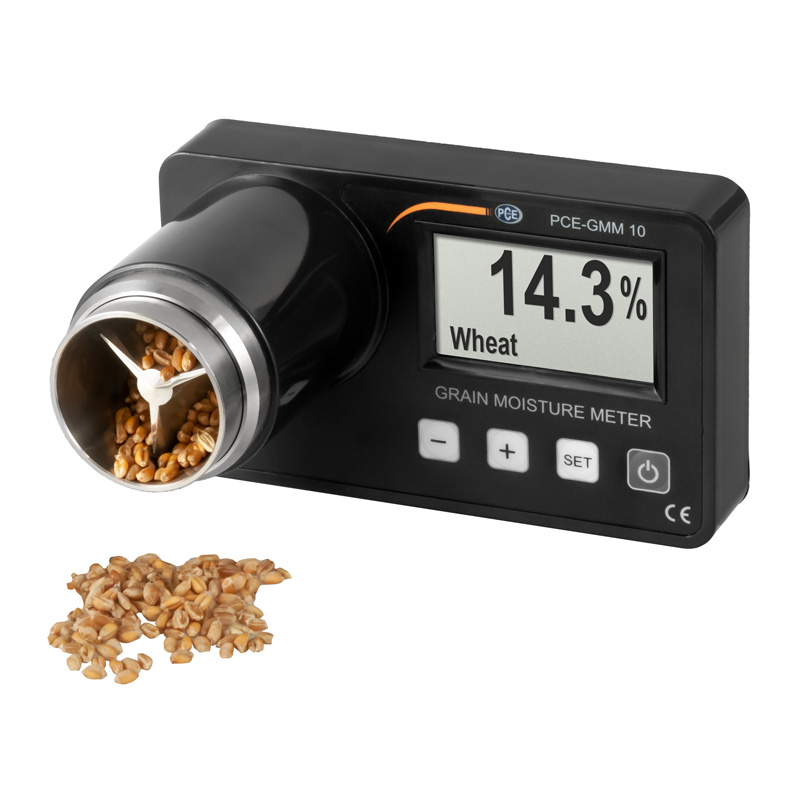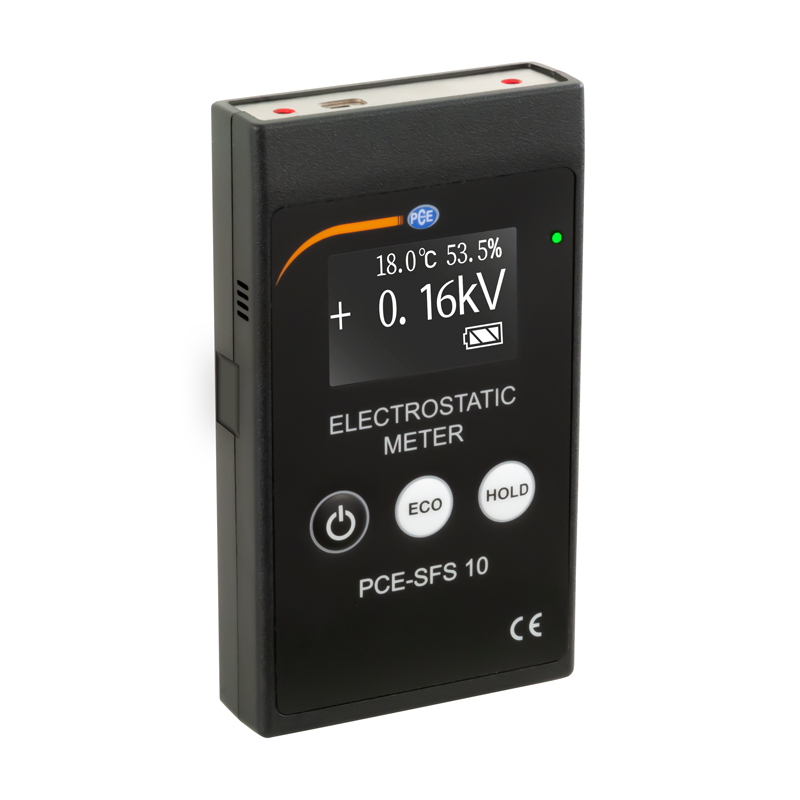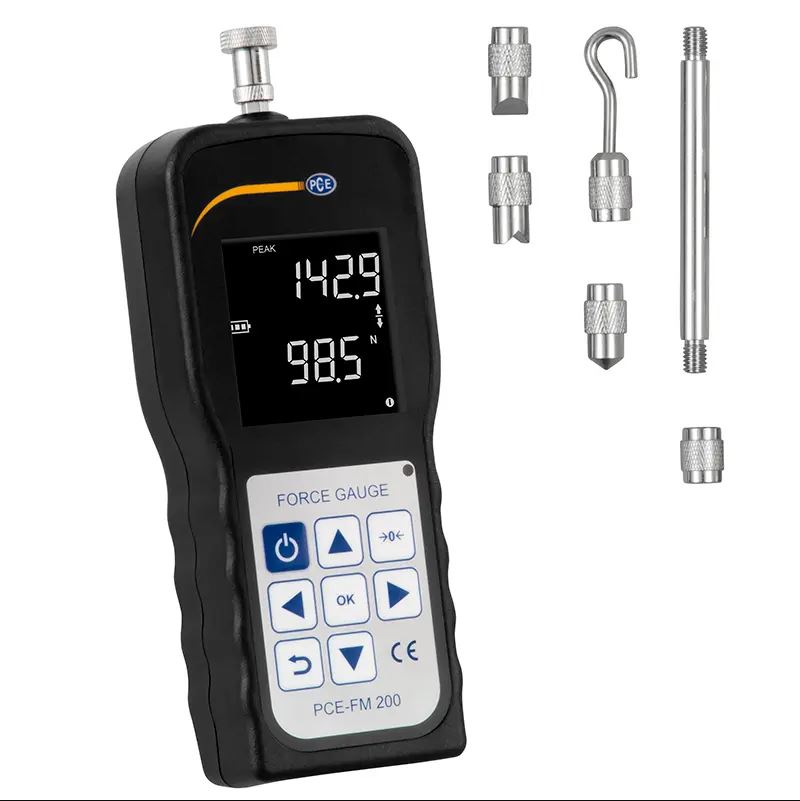Gloss Meter, a specialized instrument designed for measuring the gloss of a surface. Gloss meters are widely used in various industries, including automotive, coatings, plastics, and printing, where the appearance of surfaces plays a crucial role. Here are the key features of our Gloss Meter:
PCE
Gloss Meter
Key Features:
- Gloss Measurement Principle:
- Reflectance Measurement: Gloss meters typically operate based on the measurement of the amount of light reflected off a surface at a specified angle. The angle of measurement is a critical parameter and is commonly set at 20, 60, or 85 degrees.
- Measurement Angle:
- 20 Degrees: Often used for high gloss surfaces, such as polished metals or glossy paints.
- 60 Degrees: A standard measurement angle suitable for a wide range of surfaces, including most paints and coatings.
- 85 Degrees: Commonly used for low gloss surfaces, such as matte finishes and textured materials.
- Digital Display:
- Gloss Reading: The gloss meter displays gloss readings numerically on a digital screen, providing a quantitative measure of surface gloss.
- Single or Tri-Angle Measurement:
- Single-Angle Gloss Meter: Measures gloss at a fixed angle, suitable for specific applications.
- Tri-Angle Gloss Meter: Measures gloss at multiple angles, providing a more comprehensive assessment of surface appearance.
- Calibration Adjustment:
- Calibration Features: Gloss meters may have features for calibration adjustment to ensure accurate and reliable measurements. Regular calibration is essential for maintaining accuracy.
- Compact and Handheld Design:
- Portability: Many gloss meters are designed to be compact and handheld, allowing for easy portability and on-site measurements.
- Memory Storage:
- Data Storage: Advanced models may offer memory storage for storing multiple gloss measurements, enabling users to track and analyze gloss levels over time.
- Battery Operated:
- Battery Power: Gloss meters are often powered by batteries, providing flexibility for use in various locations.
- User-Friendly Interface:
- Simple Controls: The gloss meter is designed with a user-friendly interface, featuring intuitive controls for ease of operation.
- Measuring Range:
- Wide Range: Gloss meters typically have a wide measuring range to accommodate surfaces with varying gloss levels.
- Applications:
- Versatility: Gloss meters are suitable for a wide range of applications, including quality control in manufacturing, automotive paint inspections, surface coatings, and product development.
- Standards Compliance:
- ISO and ASTM Standards: Our Gloss Meter is manufactured to comply with international standards such as ISO and ASTM, ensuring accuracy and reliability in gloss measurements.




